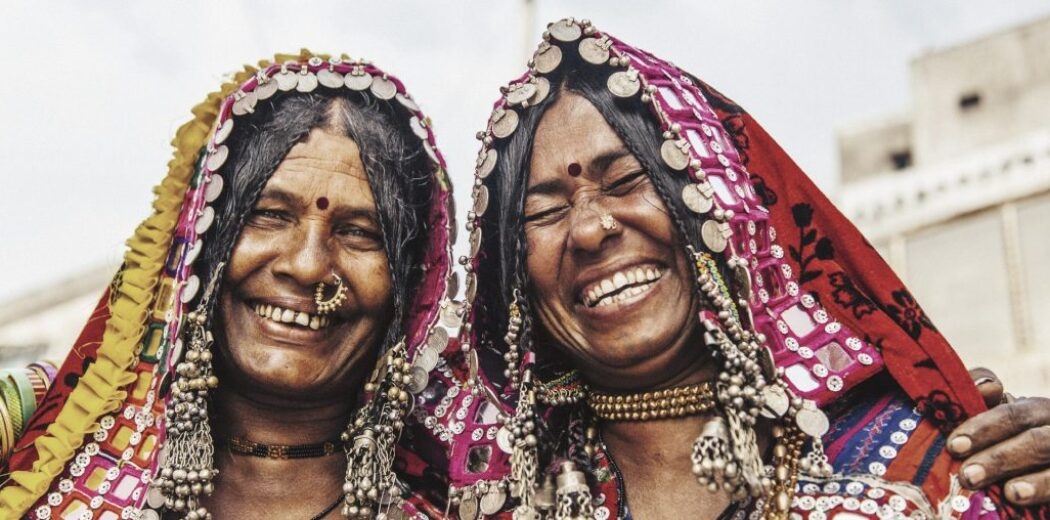The best time to visit India is winter, from November to March, when most of the country – including the Taj Mahal, Mumbai and Varanasi – sees clear skies and pleasant daytime temperatures that tend not to exceed 25 °C (77 °F). That said, other months are ideal for different destinations and activities like tiger spotting, experiencing local festivals and trekking in the north.
India is an enormous peninsula that makes up the majority of the Indian Subcontinent, so its climate and geography vary greatly from place to place. At any given time, the weather conditions in the northern mountains of Ladakh can be entirely different from those in Kerala at the country’s southern tip – and everywhere in between.
India Month-by-Month Weather Guide
Across much of India, the year can be divided into the monsoon season from June to September, the drier period from October to March and the incredibly hot months of April and May. However, each part of the year has its perks. We’ve put together a detailed climate guide to help you understand the weather conditions and temperatures in India by month.
India in January
Best for sightseeing
January is one of the best times to visit India. There’s little to no rain and cooler temperatures in popular spots like Rajasthan and Agra, with highs around 23ºC (73ºF). It can get a bit chilly at night, even dropping below 10ºC (50ºF). Southern India is also relatively dry and can often reach 32ºC (90ºF).

India in February
Best time to visit Rajasthan
February boasts fantastic weather across India, with plenty of sunshine and low rainfall. It’s an especially good time to go to Jodhpur, Jaipur and Udaipur, as well as rural Rajasthan, as temperatures average a moderate 23ºC (73ºF). Visit during the annual Jaisalmer Desert Festival to witness a vibrant celebration of local heritage in Rajasthan’s ‘Golden City.’

India in March
Best for celebrating Holi
March marks the end of India’s peak season, with temperatures staying below 35ºC (95ºF) in most destinations. It’s also the month of Holi, which creates an explosion of colour across the country as revellers cover each other in rainbow-hued powders. This two-day Hindu festival honours love and springtime and falls on different dates each year.
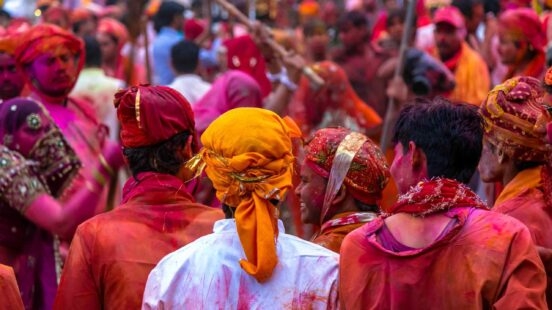
India in April
Best for tiger spotting
India’s temperatures start to climb in April, exceeding 35ºC (95ºF) in some places. If you can handle the heat, it’s a wonderful time to see tigers in the Ranthambore and Bandhavgarh national parks. The weather causes these big cats to seek out watering holes and thinner foliage makes them easier to spot.

India in May
Best for mountain escapes
May is the hottest month of the year in India, as the monsoon season hasn’t quite set in yet. In the central regions temperatures often exceed 40ºC (104ºF). Head to the Himalayan regions of Himachal Pradesh, Sikkim and Kumaon in the north for cooler weather and beautiful trekking trails.

India in June and July
Best time to visit Ladakh
June and July are the rainy season in India, with the monsoons having arrived in full force. This isn’t a great time to visit the south – but it’s the best time of year to explore the northern region of Ladakh, which boasts an arid climate, temperatures around 20ºC (68ºF) and the stunning peaks of the Himalayas and Karakoram.

India in August
Best for lush landscapes and river cruises
Although August is among India’s wettest months, it can still be pleasant in some places. The south experiences torrential – but usually brief – downpours, creating gorgeous green landscapes. It’s also a good time to explore Varanasi by boat, as the Ganges’ water levels are high and temperatures stay around 32ºC (90ºC).

India in September
Best for avoiding crowds
September is somewhat of a transitional month in India; the monsoon season is winding down, but it’s still quite hot and humid. Many of the more popular sites are relatively uncrowded, including the Taj Mahal and the historic cities of Rajasthan – just make sure to be prepared for sudden showers, especially in Mumbai.

India in October
Best for sunny, warm weather
India’s peak season begins in October, particularly in the north. The rainy season is over and temperatures drop to around 30–34ºC (86–93ºF), making outdoor adventures and sightseeing much more pleasant. Diwali, the famous festival of lights, sometimes falls in October as well (the exact dates are based on the Hindu calendar).

India in November
Best for traditional festivals
By November the weather has cooled down considerably – with many places dropping below 30ºC (86ºF) – and India’s main tourism season is in full swing. Two iconic festivals also take place in this month: the Pushkar Camel Fair in Rajasthan and Diwali (though Diwali sometimes falls in October).

India in December
Best for beaches and winter sun
This is one of the coldest months of the year, with December temperatures in India getting as low as 0ºC (32ºF) in Ladakh and dipping into the low 20sºC (70sºF) elsewhere in the country. It’s an especially good time to enjoy the beaches in the south, although they can get crowded during the Festive holiday period.

The Best Things to Do in India by Season
Considering the vastness of India and the variety of its attractions, it should come as no surprise that some times of year are better for certain activities – and when planning your trip, it’s vital to keep this in mind. Here are a few of the best things to do in India and expert tips for when to do them, courtesy of our travel designers.

Spot Bengal tigers
February through April is the best time to see tigers in India, specifically in Ranthambore National Park and Bandhavgarh National Park. In February and March the weather is cooler, but sightings become more likely as the temperatures rise in April. Keep in mind that these parks are only open from October to June.
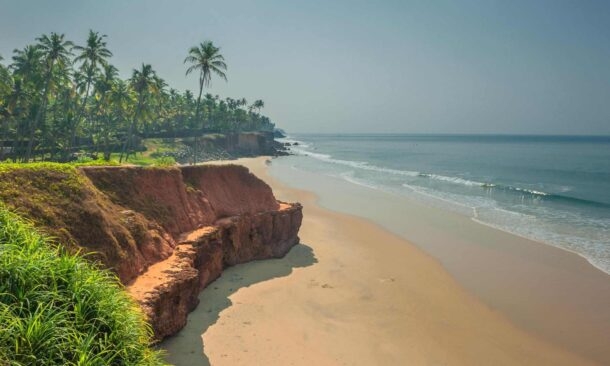
Relax on the beach
The best time to visit India’s beaches is during the winter months from November to March. At this time of year there’s a much lower chance of rainfall and temperatures are still nice and warm – around 32ºC (90ºF). This is also the best time to go to Goa, a tropical paradise on India’s western coast.
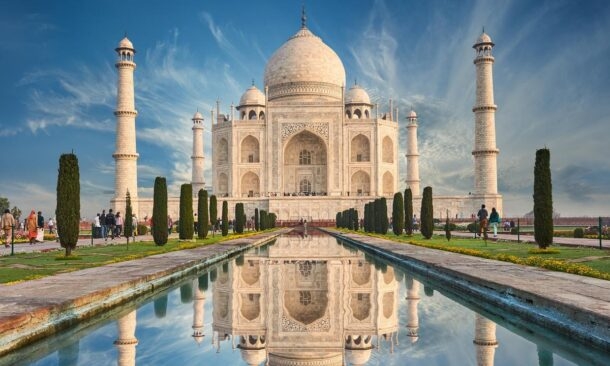
Marvel at the Taj Mahal
Truthfully, the best time to visit the Taj Mahal depends on your priorities. The popular winter months promise cooler temperatures, but also larger crowds and sometimes foggy conditions. We suggest visiting either in March, which is less foggy but not yet too hot, or September, if you want to avoid the crowds (and don’t mind the risk of rain).
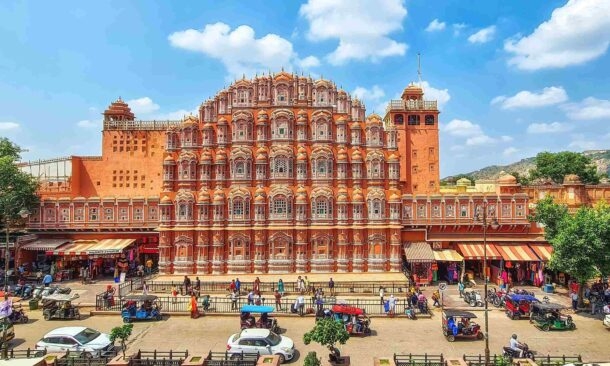
Explore the Golden Triangle
The best time to visit India’s Golden Triangle – comprising Agra, Delhi and Jaipur – is on either side of the main tourist season. October, November, February and March generally offer sunny skies and smaller crowds than December and January, while the rest of the year can be uncomfortably hot (from April to May) or rainy (from June to September).

Best time to experience iconic festivals
India certainly knows how to celebrate, and there’s nothing quite like travelling here during one of its major festivals. Visit in March to participate in the colourful Holi festivities, or in October or November to experience Diwali, the most important Hindu holiday. Make sure to confirm these festivals’ dates in advance, as they change each year.

Go hiking in the mountains
These months may bring monsoons to most of India, but they’re the perfect time to go hiking in the north. From June to September temperatures are ideal for outdoor expeditions in and around Ladakh, averaging about 25ºC (77ºF) during the day. This region can be too cold and snowy to visit in winter, but it’s beautifully sunny in summer.
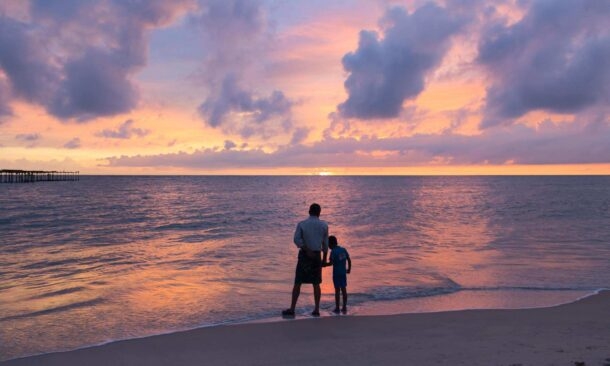
Travelling with children
India can be an excellent destination for a family trip – as long as you choose the right destinations and timing. It’s best to avoid extreme temperatures and weather conditions, so October to March is the best time to visit India with children if you want to go to the main sites and cities like Mumbai, Delhi and Agra.

Cruise the backwaters of Kerala
December through February is the best time to visit Kerala, a verdant and vibrant state in southern India. Hop in a boat to glide through the intricate canals and rivers that make up the Kerala backwaters during the cooler and drier winter months – or brave the summer monsoons to witness the Onam harvest festival in August or September.
Trip Inspiration
Whatever you want from your trip to India, our team of expert travel designers are ready to help.






